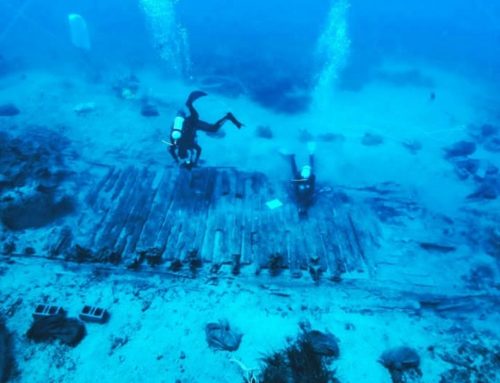Published in the Greek Reporter By Kerry Kolasa-Sikiaridi – Sep 20, 2016
The second phase of the 2016 underwater excavation of the 1st century B.C. Antikythera shipwreck took place from August 28 to September 14 and has revealed more treasures and items of interest for archaeologists.
This excavation has found a 2,000-year-old depth measuring device among other artifacts. Perhaps the most talked about discovery are the human bones found on August 31, igniting hope that scientists could possibly build an ancient mariner’s genetic profile and identify the origins of the shipwreck’s victim.
The human skeleton, which is over 2,000-years old, will undergo a series of exams and hopes are that DNA can be found in the well-preserved remains including a partial skull, two arm bones, several ribs and two femurs.
“We don’t know of anything else like it,” Brendan Foley, an underwater archaeologist at Woodshole Oceanographic Institution in Massachusetts and co-director of the excavation, told Nature science journal.
He added that the merchant’s hair and eye color as well as ethnic and geographic origin could be identified via DNA.
Scientists are waiting for the go-ahead from the Greek government to start testing for DNA.
The shipwreck was first discovered by sponge divers in 1900 and is well-known for many artifacts including the Antikythera Mechanism which is now on display at the National Archaeological Museum in Athens and is often described as the first analog computer.





